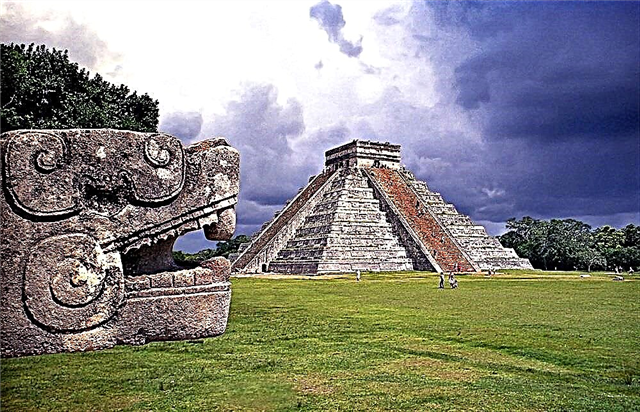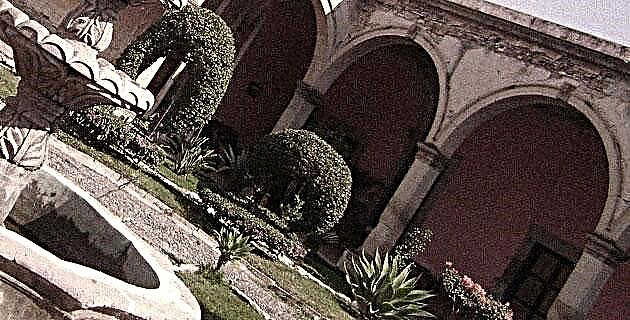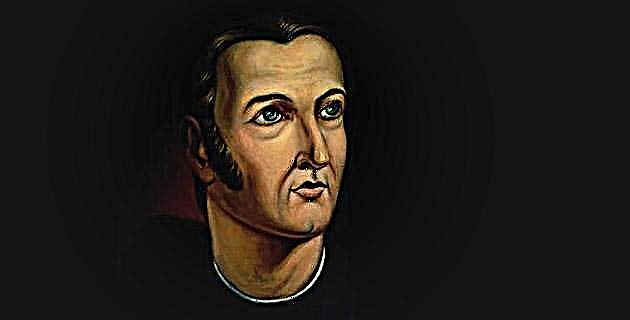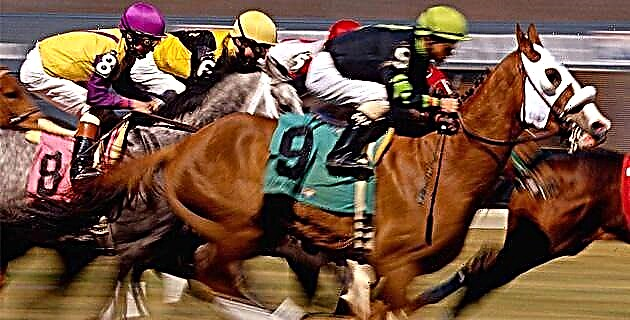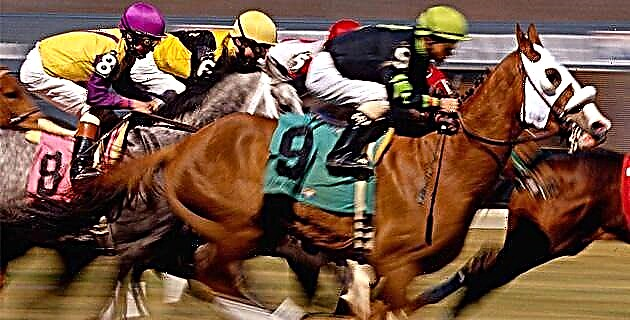
The magic of horse racing attracts, subjugates and amuses the fan and leads him along paths of expectations and illusions. This is your world.
The magic of horse racing attracts, subjugates and amuses the fan and leads him along paths of expectations and illusions. This is your world.
The horse racing spectacle involves riders, horses, of course !, trainers, gentlemen, doctors, veterinarians, blacksmiths, ticket clerks, administration staff, restaurants, cleaning, gardening and surveillance.
The staff of the horsemen's room cares for the so-called "silk dolls." He provides them with the appropriate “Colors” (shirt in the colors of the participating block), adjusts the weight of their saddle and is attentive to meeting all the needs of the riders so they can do their job.
Trainers and riders move at a dizzying pace. Races come and go. It is quite a spectacle to see the riders dismount, arrive at the venue without the previous colors and leave just a few minutes later, fresh and ready to fulfill their next commitment.
A MAGIC WORLD
In the stables there are several hundred horses, the protagonists of the racecourse.
The owner of a horse or a complete stable is an important piece in equestrianism, because with his enthusiasm and financial support, he supports not only the show, but also a significant industry: the breeding of the racehorse, either "Pure Blood ”or“ Quarter Mile ”.
The "Thoroughbred" is a versatile horse that performs acceptably at different distances, while the latter does not go beyond 500 meters. Yet they have the same goal: to produce a singular spectacle, whether through the lightning bolt of speed, or the prolonged effort in long-distance races.
To have a racehorse, you have to breed or buy it. It's a difficult, high-risk job.
The previous training, installation in the stables of the racecourse and the presentation on the track as a participant in a race make up a chain of efforts and care, over a very long journey. This effort requires extensive knowledge on the part of the breeder, to carry out the proper crossing, to have competent veterinarians, to provide the foal with adequate food, and to keep it in pens specially designed to promote the strengthening of muscles and the bone system.
Horsemen are, by nature, enthusiastic, positive people, with a thousand illusions in their minds. They acquire a foal at auction or in private, with the certainty that it will be a champion, but if the animal does not have the expected quality, it does not matter, they repeatedly insist, hoping that on one of those occasions, luck will change course and come the triumph, the satisfaction and the infinite joy.
That is what horsemen live on at the racetracks: on illusions and the triumphs achieved by their horses on the tracks. When they enter the ring of winners to receive their triumphant horse, they forget about all the financial or emotional problems. At that peak moment of their life, they are the winners and nothing else. They are not changed by anyone.
THE TRAINERS
We cannot forget the long-suffering men who always bear the blame for defeat and seldom obtain recognition for victory from their pupils.
From before six in the morning, he starts his work day. They must program the activity of each of the horses in their charge, which has a beginning but not an end. Once the orders have been given to the horsemen and gallopers, the trainer stands near the track to observe the training of his horses, calibrate the physical condition and plan the next day's training. Every day is different, each horse different, requiring specialized attention.
In the afternoon, the second activity of the trainer is to saddle the specimens. Sometimes there are six or more horses for various races, so they must be properly cared for and sent to the track in the best possible conditions, giving the rider indications on the strategy to follow in the course of the race.
In races, nothing is certain until you see your horse arrive safely and the desired "Official Result" appears on the electronic board.
There are races in which a horse seems sure to be the winner just a few meters from the finish, as its advantage seems insurmountable. However, that horse, who made unnecessary effort at the beginning of the race, was exhausted prematurely and when slowing down, he is easy prey for competitors who come from less to more and arrive at the end of the race in all their physical splendor.
Every race is different. What was good for the first, is valid for the second, which contributes to creating greater expectation, signs of anguish, despair or rejoicing, because emotion reigns from beginning to end in all those present, who enjoy those moments produced only in horse racing.
All those who in one way or another cooperate for the welfare of the horse, deserve congratulations, because without their quiet work and valuable support it would be very difficult to present a good horse racing show.
HIPODROME OF THE AMERICAS
In Mexico, the new Hipódromo de Las Américas is no longer the old venue that for 53 years sheltered the spectacular horse races.
All its facilities renovated and expanded, it is one of the most modern equestrian plants, as it uses the most sophisticated equipment. What allows to present the spectacle of horse racing, at the highest level imaginable. The Hipódromo de Las Américas fully complied. The era of a splendor different from the current one has ended, because now, with other elements that little by little forge their knowledge of the environment and open horizons, the show has interested a new nucleus of young and enthusiastic fans.
Mexican youth go to the Hipódromo de Las Américas every day. After two years of reactivation (it started on November 20, 1999, after the close of 1996), the racecourse has created a unique show that has captivated fans who want to have fun.
The Hipódromo de Las Américas has three weekly racing programs, 53 classics make up the calendar for the season that began in February and ends in the third week of December.
THE BETS
In this world of equestrian show, the fan studies, asks, thinks. He becomes restless, serene and returns to the previous nervousness. All this in a few minutes. However, when he hits the mark and gets the required reward, he feels doubly elated and satisfied.
The racetrack crowd is always in a hurry, as they must be very ready to catch up with the pace of the races. There is a race every 30 minutes and as punctuality is the sign of the show, if the fan takes too long to select his horse, he can be left without betting.
In the stands, the ticket office workers work diligently to satisfy the requests of the fans, who order different combinations, since the public has several options to place their bets, which are:
First, second and third places
• EXACT: Modality in which the exact order of arrival of the occupants of the first and second places must be found.
• TRIFECTA: Under the same rule, with hits in first, second and third places.
• SUPERFECT: You have to hit the occupants of the first four places. Here the payments are succulent and it is one of the forms preferred by the attending public.
• DOUBLE SELECTION: You have to match the winning horse of each of the two races.
• TRIPLE SELECTION: You have to find the winner of each of the three races.
• VE X SIX: You have to guess the winner of each of the six races.
These, then, are the different ways of playing at a racetrack, so the fan can play in the modality they prefer.
Source: Unknown Mexico No. 300 / February 2002


